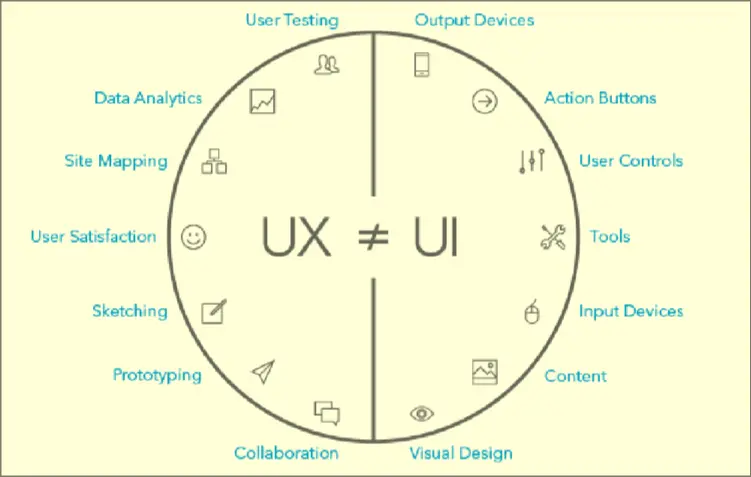The study as to how humans interact with software, and how computers can better fufill their purpose.
The field emerged after Apple Macintosh was developed during 1980s

Responsible for maintaining the design and evaluation of systems.
Notes
- Prof Naureen Nizam
- TA: Morning Glor (morning.glor@utoronto.ca)
- OH Tuesdays 1 - 2 PM; IA 3180
- 40% of the mark is the final project
Concepts
Week 1
- Human
- Computer
- Interaction
- Moores Law
- Moores Psychology Law
- Eniac
- As We May Think
- Ivan Sutherland Sketchpad
- Mouse
- Joystick
- Lightpen
- Grafacon
- Knee Activated Lever
- Notebook
- Personal Computer
Week 2
- Usability
- Users
- UI Reliability
- Standardzation
- Product Integration
- Product Consistency
- Portability
- User Experience
- Universal Usability
- Product Guideline
- Product Principles
- Seven Plus Minus Two Rule
- Task Description and Analysis
- Product Theories
- Stage of Action Theories
- 4 Principles of Good Design
Week 3

- IxD
- UI
- User Experience Design
- Design Frameworks
- User Persona
- Use Case
- Task Description and Analysis
- Hierarchical Task Analysis
- Interactivity
- Direct Observation
- Indirect Observation
- Ethnography
- Contextual Inquiry
Week 4
- Prototype
- Wizard-of-Oz Prototyping
- Paper-Prototype Computer
- Steal-the-Mouse Computer
- Fidelity
- Conceptual Design
- Concrete Design
- Design Map
Week 5
- User Acceptance Testing
- User Requirements
- Artifact
- Surveys
- Questionnaire
- Likert Scale
- Interview
- Design Thinking Process
- Observational Testing
- Iterative Testing
Week 6
Week 7
- Controlled Evaluation
- Natural Evaluation
- Non-User Evaluation
- Heuristic Evaluation
- Surveys
- Interview
- Research Ethics
- Usability Tests
- Evaluators and Usability Problems
Week 8
Term test week, Nothing new
Week 9
- Qualitative Data Analysis
- Quantitative Data Analysis
- Mixed Method Research
- Raw Data
- Grounded Theory
- Distributed Cognition
- Activity Theory
- Test Experiment
- Order Effect Problem
- B Testing
- Fitts’ Law